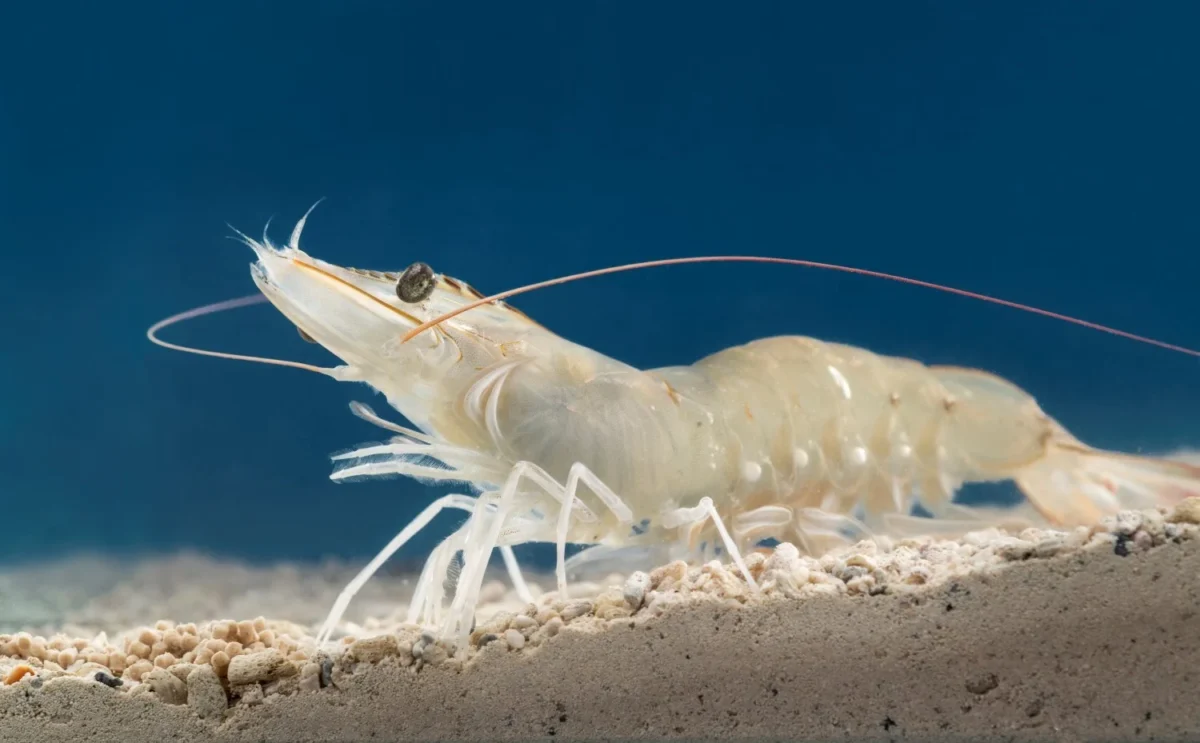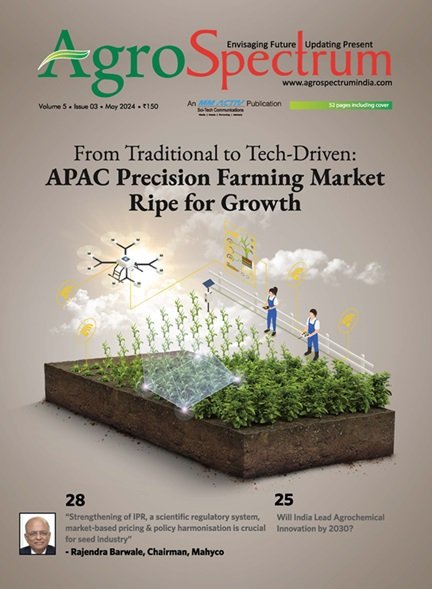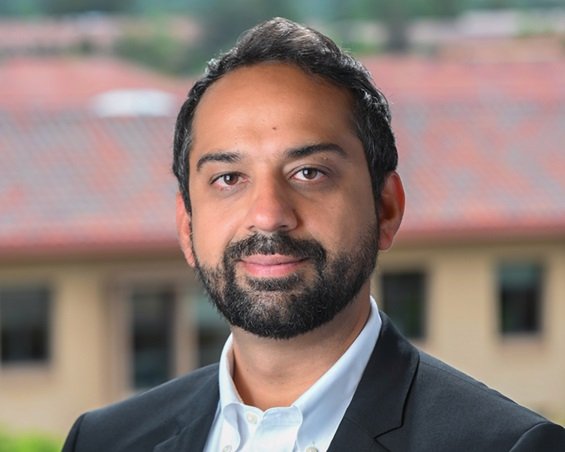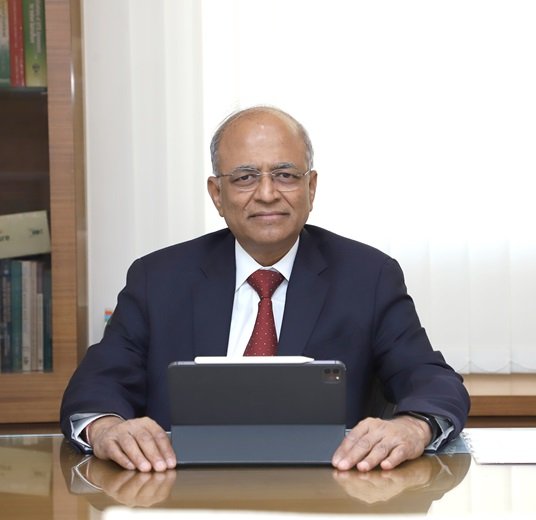In a conversation with AgroSpectrum, Prem Kumar Vislawath, CEO and Founder of Marut Drones, delves into the company’s pivotal role in sustainable agriculture endeavours. Edited Excerpts:
Marut Drones’ acquisition of the utility patent for its direct seeding drone device, developed in collaboration with Prof Jayashankar Telangana State Agriculture University (PJTSAU), marks a significant milestone in agricultural innovation. This patent recognises the company’s pioneering multi-nozzle aerial seed dispensing device, a technology validated by PJTSAU for its effectiveness in enhancing rice production. In a conversation with AgroSpectrum, Prem Kumar Vislawath, CEO and Founder of Marut Drones, delves into the company’s pivotal role in sustainable agriculture endeavours. Edited Excerpts:
Could you tell us about bagging the world’s first utility patent for your direct seeding drone?
Marut Drones acquisition of the utility patent for its direct seeding drone device, developed in collaboration with Prof Jayashankar Telangana State Agriculture University (PJTSAU), marks a significant milestone in agricultural innovation. This patent recognises Marut’s pioneering multi-nozzle aerial seed dispensing device, a technology validated by PJTSAU for its effectiveness in enhancing rice production. By optimising the efficiency and effectiveness of seed-sowing processes, The patented system revolutionises rice farming practices, particularly in addressing labour shortages and economic viability. It not only validates the reliability and efficacy of Marut’s technology but also underscores its potential to transform rice cultivation at the grassroots level. By reducing on-farm manual labour through drone technology, Marut aims to overcome persistent challenges faced by farmers, such as labour shortages due to rapid urbanisation. Our direct seeding drone offers several advantages for rice farmers, including a remarkable 92 per cent reduction in water usage and enhanced operational efficiency. With the ability to sow up to 30 acres in a single day, our technology mitigates traditional obstacles such as nursery time, transplantation, and skilled labour shortages. The company’s ambitious target to seed 1 million hectares of land by 2030 aligns with efforts to fortify food security and address impending challenges in rice production.
How do your agri drones aid sustainable agriculture in India?
The AG365 drone revolutionises sustainable agriculture by offering a versatile solution for multiple farming needs. It enables precise pesticide spraying, fertiliser granule spreading, direct seeding, and crop monitoring, all in one platform. This multipurpose functionality promotes efficient resource utilisation, minimises environmental impact, and enhances crop productivity. By consolidating various tasks into a single drone, it streamlines agricultural operations while promoting environmentally friendly practices, contributing to the long-term sustainability of farming systems.
How have your drone and AAI tech for agriculture been recognised?
Our drones have garnered multiple accolades, solidifying our position as a trailblazer in the intersection of technology and agriculture. Prestigious recognitions we have received include the Technology Award for Drones and AI in the Agriculture Sector, the FICCI Award for Sustainable Agriculture 2022, the SIBA Award for Emerging Technology and AI Mobile Retail 2022. The Telangana Industry Award for Best Startup Bronze 2022, the Bronze accolade from Telangana Industry and the TIE Global TGS 100 Award for Top 100 Emerging Startups are a testament to our impactful journey and significant contributions. Also, Marut Drones has been acknowledged among the top 100 emerging startups globally by TIE Global TGS, further affirming our position as a leading force in the startup ecosystem.
How can Marut Drones help boost farm productivity, farmers’ incomes and contribute to a sustainable environment?
Marut Drones plays a pivotal role in boosting farm productivity, fostering a sustainable environment, and increasing farmer income through several key avenues like precision agriculture, efficient pest and disease management, optimised resource utilisation, promotion of sustainable practices, and access to market intelligence. Overall, Marut Drones acts as a catalyst for transforming agriculture by integrating advanced technology with sustainable practices. By increasing farm productivity, promoting environmental stewardship, and enhancing farmer income, we strive to create a more resilient and prosperous agricultural sector for the benefit of all stakeholders.
Can you tell us about your AG 365 Agricopter, the agriculture-specific multiutility drone?
This multi-utility drone offers a suite of features tailored to address diverse agricultural needs. The drone is accredited by the Directorate General of Civil Aviation (DGCA) and the National Accreditation Board for Testing and Calibration Laboratories (NABL), ensuring compliance with regulatory standards. It exceeds industry benchmarks for airworthiness and adheres to stringent quality control protocols, affirming its unwavering excellence in every aspect of operation. Under Namo Drone Didi Yojana, we have supplied advanced drone technology training to support rural women in becoming proficient drone pilots. This initiative aligns with the broader vision of leveraging technology for agricultural empowerment, fostering inclusivity, and creating new opportunities within the farming community.
To read more click on :https://agrospectrumindia.com/e-magazine
In a conversation with AgroSpectrum, Prem Kumar














